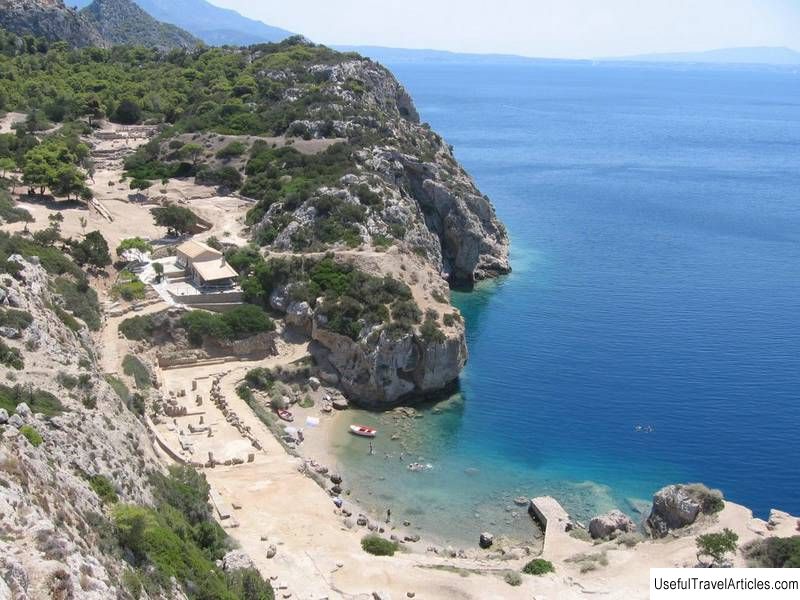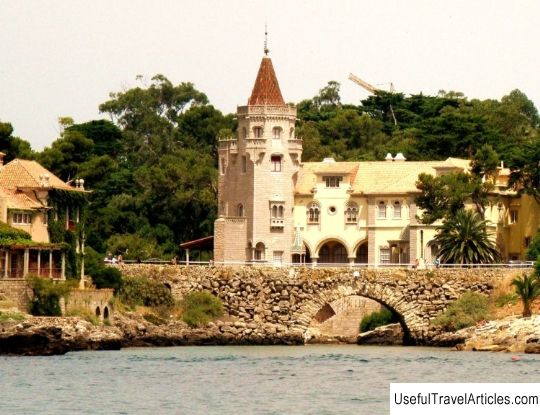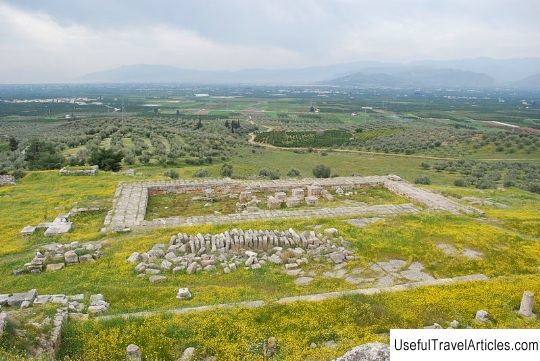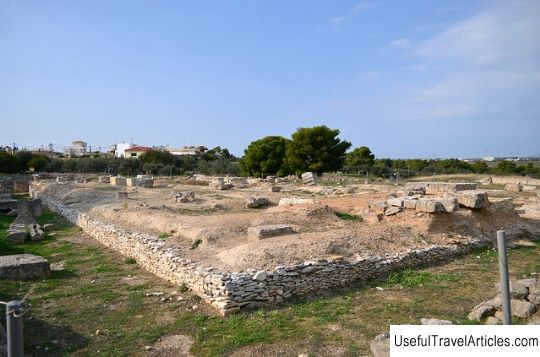Sanctuary of Hera in Perachora (Heraion of Perachora) description and photos - Greece: Loutraki
Rating: 7,9/10 (876 votes) 
Sanctuary of Hera in Perachora (Heraion of Perachora) description and photos - Greece: Loutraki. Detailed information about the attraction. Description, photographs and a map showing the nearest significant objects. The title in English is Heraion of Perachora. Photo and descriptionHeraion Perachora is the sanctuary of the goddess Hera, located in a small bay of the Gulf of Corinth at the end of the peninsula of the same name. The Sanctuary of Hera on Perachora is located 14.2 km north-west of Corinth and 75.9 km west of Athens. In addition to the Temple of Hera, the remains of a number of structures have been found here, including L-shaped colonnades, a large a reservoir, refectory and, presumably, a second temple. Most likely, the sanctuary was under the rule of Corinth, tk. was in the harbor. Religious activities on the site were carried out from about the 9th century to 146 BC. In the Roman period, the interior of all structures of the sanctuary was transformed. The Heraion of Perachora consists of two parts, so until recently it was assumed that there are two separate sanctuaries: Hera Akraia (on the cape) and Hera Limia (in the harbor). A careful analysis of the archaeological site led scientists to the conclusion that there is only one temple dedicated to Hera Akraia-Limia. The cult established itself in the south during the Geometric period. Around 800 BC e. the first apse of the temple of Hera was erected, but nothing survived from it. In the 6th century BC. e. a new temple was erected a little to the west. It was an example of Doric architecture with sides 10 by 31 meters. To the east was a rectangular altar decorated with triglyphs. In the 4th century BC, the space around the altar was supplemented with eight Ionic columns, a canopy was placed on them, which protected the priests and fire from the strong winds that often blow in the area. At a distance of 200 meters was something what was taken for the sanctuary of Hera Limenia - an archaic rectangular building after a detailed and systematic study turned out to be a dining room for pilgrims. The reservoir with double arches is located in the east. A stone drain and another small water sump were found northeast of the reservoir. In between the levels, you can see the small church of St. John, which originally stood on the site of a geometric temple and was discovered later during excavations. On the eastern edge, a little lower, fragments of several retaining walls (5-4 centuries BC), the remains of a staircase and large artificial cavities, which are conventionally called a sacred reservoir, are visible. It silted up as early as the fourth century BC. e., during excavations nearby, about 200 glass vessels were found that were used in conducting rituals. The building held water well and is an interesting example of an ancient catchment and storage facility. In addition, a clay kiln, remains of ceramics, parts of friezes, a lime kiln (necessary in construction) with traces of fire on the stones were excavated.    We also recommend reading Monkey nursery description and photos - Russia - South: Adler Topic: Sanctuary of Hera in Perachora (Heraion of Perachora) description and photos - Greece: Loutraki. |




